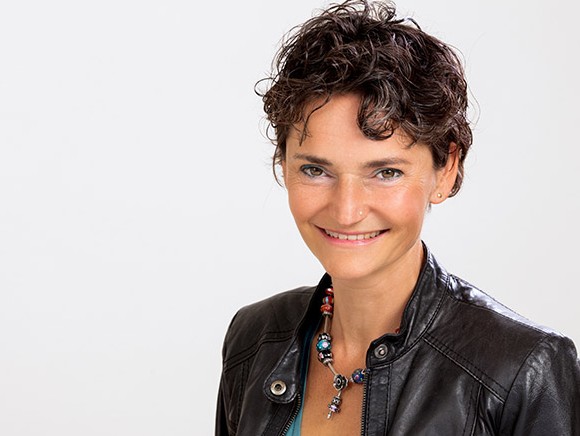
Every day, I open an incredible number of packages without a second thought. In the morning, it’s yoghurt with muesli. The top on the yoghurt cup is locked by a lip: if you don’t open it right, you end up with a razor sharp edge. That’s not so useful. I cut open the plastic bag of muesli and pour the contents into a storage container: the bag ripped open too often, so my cupboards were full of crushed grains. Not useful either—and it attracts mice.
I twist the cap off a tube of toothpaste, squeeze out a bit, put the cap back on and set the tube on its head. I realise that toothpaste tubes were once public enemy number 1: aluminium tubes that weren’t rolled up neatly could cause divorces. The solution of special “rolling clips” came about, but if you put them on too tightly, the tubes would tear and the toothpaste would force its way out in tiny ringlets. Today’s plastic tubes do not have that problem. It comes with a different set of concerns. This tube is one of the many ingredients in the thick plastic soup floating in our oceans.
A bit later, I walk through the supermarket, where I can spot the trusty shapes and colours of my usual packagings in nearly the blink of an eye. This happens really quickly. The carton of milk with lunch has a plastic cap and a spout that pours without leaking. That’s nice. I’ve switched over to mindless mode again as I get to the meat. The pull tab is too small; I can’t grab it. Where are the scissors? Can’t this be any easier? Besides, can’t it be everything: practical, attractive, recognisable and sustainable?
Sustainability: there’s a lot to it. Less packaging material is the trend, but if the focus leads to more product spoilage or leftover product, the impact on the environment is actually higher.
Logistics plays a part as well as, of course, the purchasing and disposal behaviour of consumers. It’s about portioning properly and good information on shelf life and product spoilage. Contemporary disposable culture demands new packaging solutions: innovations that extend the freshness of foods, contribute to safe transport, lead to less product waste, and decrease food waste.
With so many wishes and requirements, doing things without thinking is no longer appropriate. It is time to make conscious choices.
Judith Witte
[email protected]
Source: © Vakblad Voedingsindustrie 2018